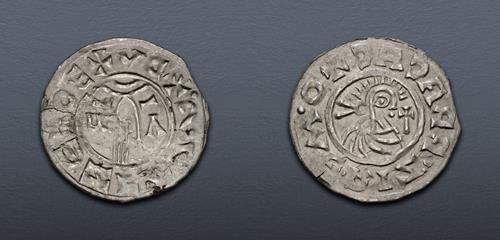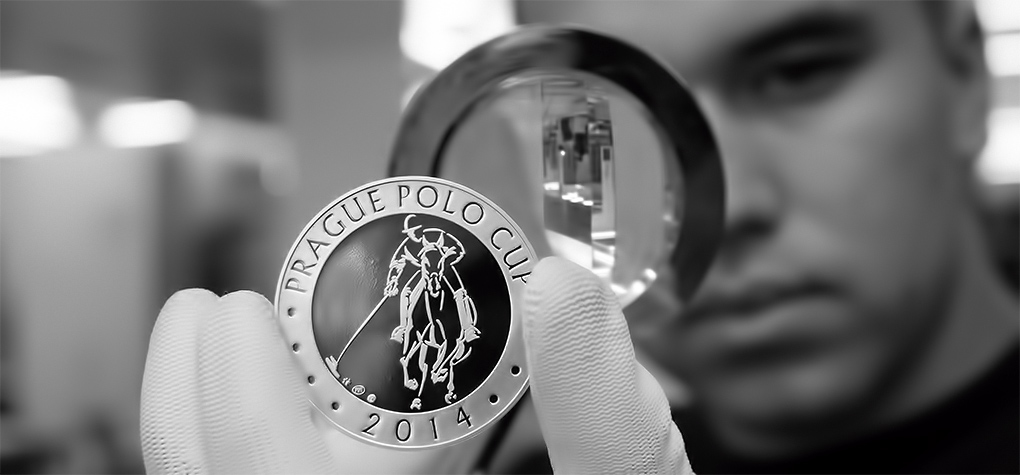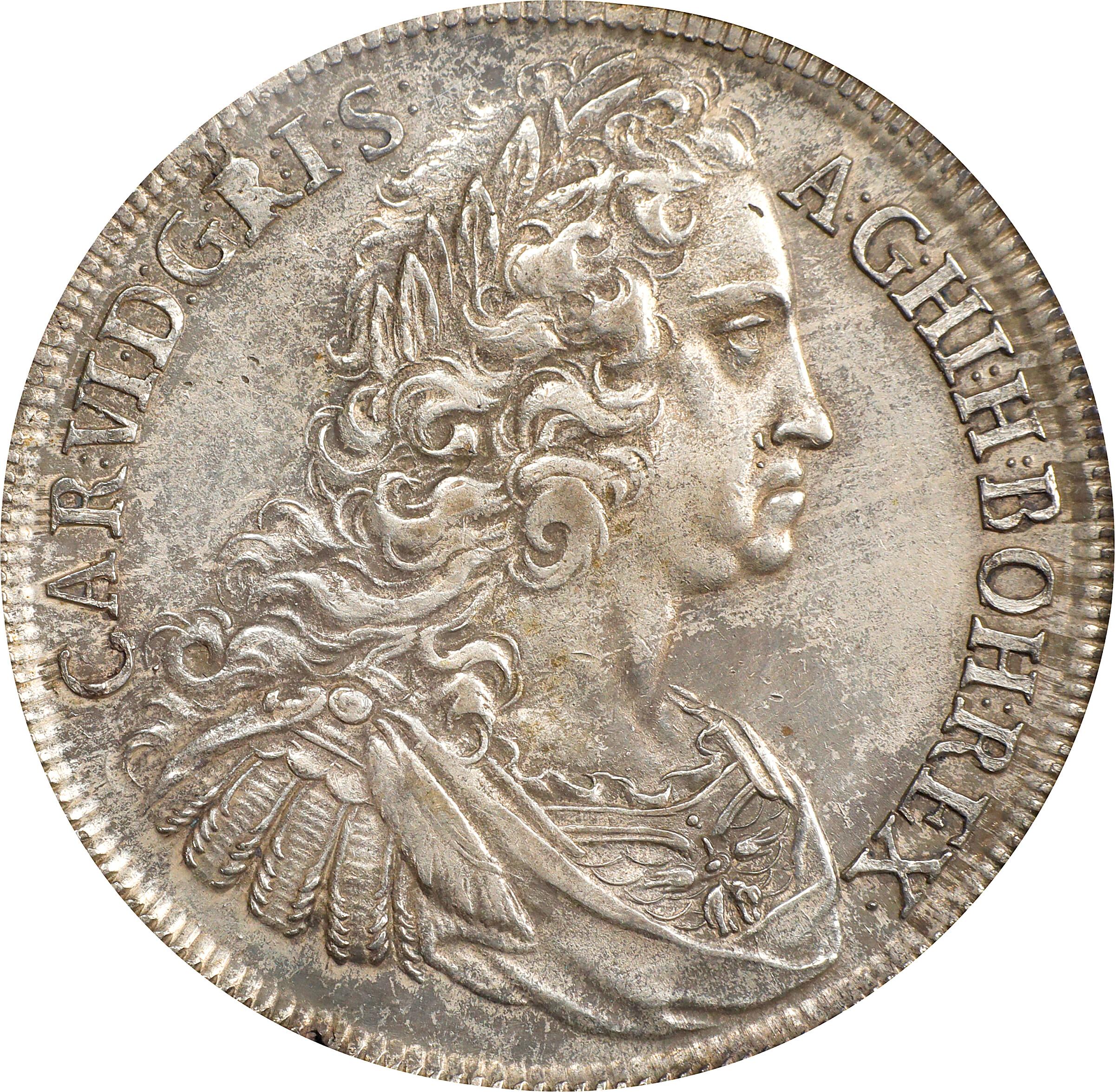Handy Advice To Antique Finish Czechoslovakia Coins
Handy Advice To Antique Finish Czechoslovakia Coins
Blog Article
How Do High-Precision Cnc Machines Form The Designs Into A Die Or Master Hub For Striking Gold Medals, Coins, Or Coins?
CNC machines with high precision (Computer Numerical Control), are essential to create dies, or master hubs, to strike gold coins or medals. This article provides a brief description of the CNC Programming Process.
CAD (Computer-Aided Design) software can be utilized to create a digital 3D representation of the medal or coin design.
The software CAM (Computer Aided Manufacturing) generates instructions and toolpaths for the CNC machine using the 3D model.
Selection of Die Material-
CNC machined of the master hub and die uses quality, durable materials like brass, steel or other hardened metals. These materials can withstand high pressure striking processes and ensure exact reproduction of the designs.
Setup and Fixturing
Fixing the material securely onto the CNC machine’s worktable or vice is crucial to ensure precision in machining. Proper fixturing is essential to prevent vibrations or movement during machining.
CNC Machining Process-
CNC machines use cutting tool like ball mills and end mills that cut out the design on the master hub or die.
The CNC machine uses the tools that are programmed, and removes the material with precision from the blank block of material according to the 3D models specifications.
Tools for cutting of various sizes and types are used to create different depths, contours, and details on the medal or coin.
CNC machines use computer programs that control their movements and provide precision as small as micrometers.
Finalization and refinement
The die or master hub is further refined following the initial machine.
By using special tools or by smoothing, polishing and finishing the surface, you can make sure that the surface is in compliance with the standard.
Quality Control and Inspection
The final die, or master hub, can be checked with precision using tools such a micrometers. gauges and optical measuring devices.
Hardening and Treatment (optional)(optional)
Certain dies are heat-hardened or treated on the surface to improve durability and resistance to wear.
CNC machines possess the precision and ability to reproduce intricate designs onto dies, master hubs, or any other tools. The machined dies are the crucial tooling for striking gold medals or coins with consistency, accuracy and exquisite details. Check out the best CNC Machining Czechoslovakia gold coins blog info including gold medal gymnasts, gold bullion bars for sale, 1972 gold dollar, gold biscuit buy, spanish gold coins, st gaudens gold coin, gold coins and bullion, gold coin store near me, 1999 gold quarter, double eagles and more. 
What Is The Process By Which Janvier Transfer The Gold Design Of A Coin Or Medal From The Master Hub Into Working Hubs?
The Janvier machine, sometimes known as a pantograph or reducing device is a device used in the process of minting to transfer an image of a medal or coin from a master hub to an operational hub. Here's an overview of the process it uses to accomplish this Master Hub Creation-
Master dies are the primary mold or die that contains the exact design on the coin. It is created through CNC machineries, or other techniques of precision.
Janvier Machine Setup
The Janvier Machine is comprised of two components: a stylus to trace the design and a cutting tool that cuts out the design.
The hub master is securely mounted on the Janvier machine, and serves as a template to where the design will be transferred.
Tracing Design-
The Janvier machine employs stylus that follows the contours and fine details of the design. As the stylus moves across the hub's surface, it tracks its contours.
Reduce the Design
Simultaneously, the cutting tool of the Janvier machine replicates the design traced onto the hub that is working, which is usually made of softer material than the hub used for the master like nickel or steel.
The cutting tool cuts, or copies the design to the hub that is working with a smaller or less size compared to the master hub. This is essential for the minting process, as it allows the making of medals or coins in the exact size.
Precision and Accuracy
The Janvier machine works precisely to ensure an precise transfer of the layout from the master hub to the operating hub. It faithfully recreates the most intricate details and contours.
Quality Control -
The hub's working part will undergo quality control and inspection to ensure that it is in line with the specifications and is accurate for the strike process.
Further Processing
The Janvier's hub can be utilized as an instrument for the making of medals and coins. The die or mold is used to produce multiple coin blanks or medal blanks by using the transfer design.
Janvier's machine is essential in the coining process. It permits the accurate replication and reduction from the master hub to working hubs of intricate designs. Working Hubs are utilized to produce large quantities of coins and medals by the process of striking. Have a look at the top janvier processing Prague Mint gold coins site recommendations. including $20 gold piece, 1 10 gold eagle, buying silver bars, 1936 olympics jesse owens, american eagle gold coin price, gold silver dealers, gold coin store near me, gold apmex price, sell gold silver near me, gold coin price today and more.
What And How Do High-Quality Gold Blanks Get Weighed, Measured And Ready For The Minting Process?
This process is carried out to produce gold medals and coins of high quality. Learn the process and how it is carried outPreparation Process Gold Material Selection- Gold that is of high purity is used for the production of blanks. The gold is refined to meet the purity standards for coins.
Gold Blank Production Gold Blank Production - The gold material is cut into blanks through the process of blanking. Blanking involves cutting gold into discs of a planchet size or coin size by using specialized equipment or stamping.
Precise Weighing and Measuring
Weighing. Every blank has to be weighed separately in order to satisfy weight specifications for the coin or coin. This ensures that every piece contains the precise amount of gold needed for the intended denomination.
Measuring - To guarantee uniformity to ensure that the diameter, thickness overall dimensions, as well as design specifications are adhered to, each blank is measured using precision instruments.
Inspection and Control of Quality
Visual Inspection- Each blank undergoes visual inspection to identify imperfections in the surface, irregularities or impurities that could impact the final product's quality.
Rejecting Blanks that Are Not CompliantThe blanks are rejected if they do not meet the weight, size, or any other quality requirements. This is done in order to maintain uniformity and uniformity.
Justification for the necessity of
Consistency in the Minting Process. Weighted precisely and measured blanks guarantee uniformity during the minting procedure. Consistency of weight and dimensions results in uniform striking. This creates coins or medals of identical in quality and value.
Gold with a precise content Each blank’s exact weight ensures the gold coin or medal will contain the quantity of gold intended, assuring precision and purity.
Prevention of Variations- Uniform blanks will prevent variations in weight or size that could affect the coin's or medal's value, legality, or usability in circulation or commerce.
Quality Assurance - Strict measures of quality control during the blank preparation process assure that only the highest quality, defect-free, blanks are delivered to the minting stage to reduce the risk of flaws appearing on the finished product.
Legal Conformity - It is crucial that coins intended for purpose of circulation or commemoration adhere to the specifications and comply with legal standards.
In order to produce precise, high-value and legally compliant currency or medals, it is essential that gold blanks be prepared with accuracy and precision. Check out the best gold blanks for Prague Mint gold medals blog examples including coin gold silver, chinese gold coins, price of 1 oz of gold, gold bars for sale near me, gold bullion coins, gold eagle, 100 gm gold biscuit, gold and bullion, gold and silver dealers near me, gold and silver dealers near me and more.
What Is The Process Gold Blanks Fed Into Coin Presses And Stamped Under The Pressure Of High During Minting?
In the process of minting, gold blanks must be loaded into coin presses and stamping at high pressure in order to create finished awards or coins. This article provides a brief description of the process involved in loading blanks.
A feeder system is attached to the coin press. The system loads gold blanks that have been prepared and checked for quality. The feeder system is responsible for ensuring that blanks are continuously flowed into the machine.
Feeding Blanks to the Press
The feeder system directs each blank into the area of the coin presses. This ensures precise placement of the blanks.
Alignment and Positioning
The blanks that are in the press chamber are placed, aligned and perfectly oriented to ensure that they are stamped.
Striving Under Pressure
The coin press uses two dies: one stationary, and the other that is moving. The stationary die leaves an impression of negatives on the design of the coin while the moving one is the hammer, which hits the blank.
Dies hit the blank with lots of force, transferring the design onto its surface. The die's pressure creates the design, as well as the relief is raised.
Repeated Striking-
To produce a more sharp image or to create a more precise style, multiple strikes are often applied to better quality coins and medals, especially proof editions. Each strike helps to refine the details in the blank.
Ejection and Collection
After they have been struck, the freshly minted medals or coins are removed from the press and placed in containers or trays. Control of quality is conducted to ensure that the designs conform to specifications.
Post-Processing-
Minted coins and medals can undergo additional processing, such as edge lettering, edge reeding, or even post-strike treatments depending on the design requirements or the specifications of the mint.
The process of stamping under extreme pressure is vital as it transfers the desired design to the gold blanks and transforms them into finished pieces of gold ready for use in collection, circulation, or commemoration. The process of stamping requires preciseness as slight variations in pressure and alignment can affect the quality of the final product. Follow the top minting Czechoslovakia gold medals blog advice. including old silver coin, 1 4 oz gold coin, gold bullion bars for sale, 1 10 american gold eagle, gold eagle, 1 4 oz gold coin, gold medal of olympic, gold doubloons, buy gold coins, gold bullion and more.
